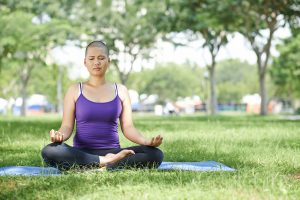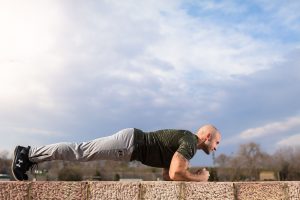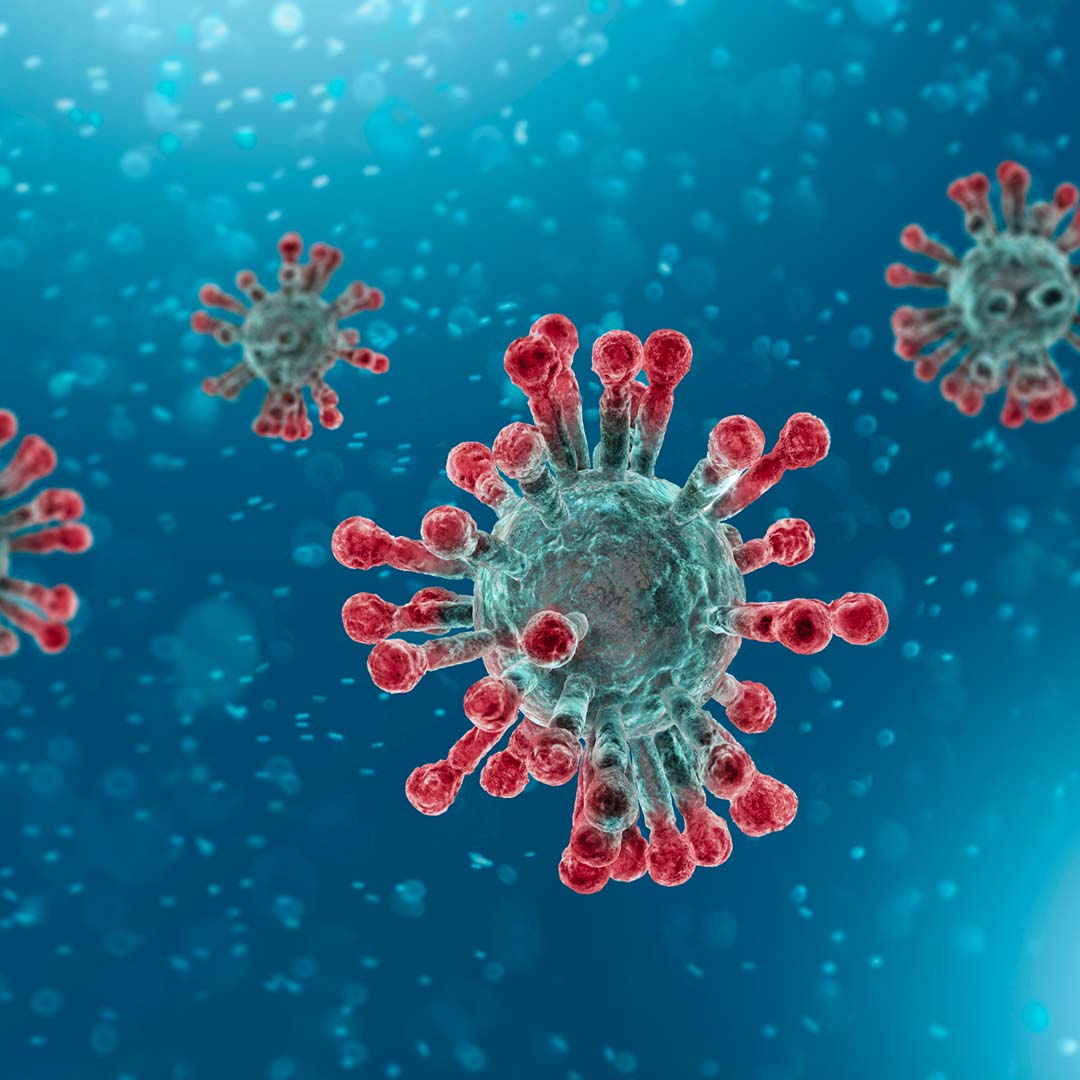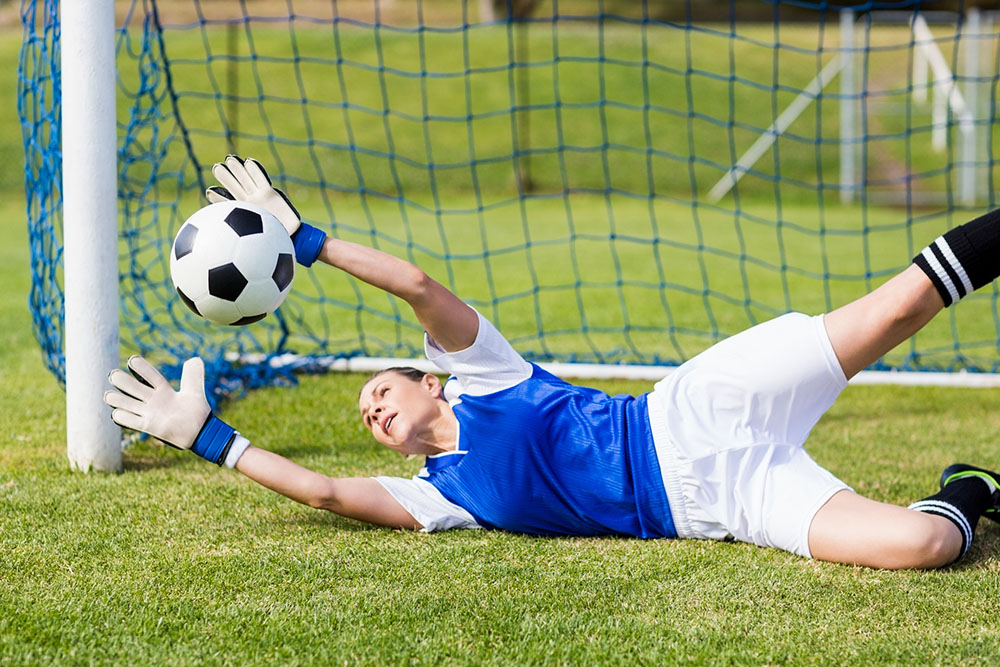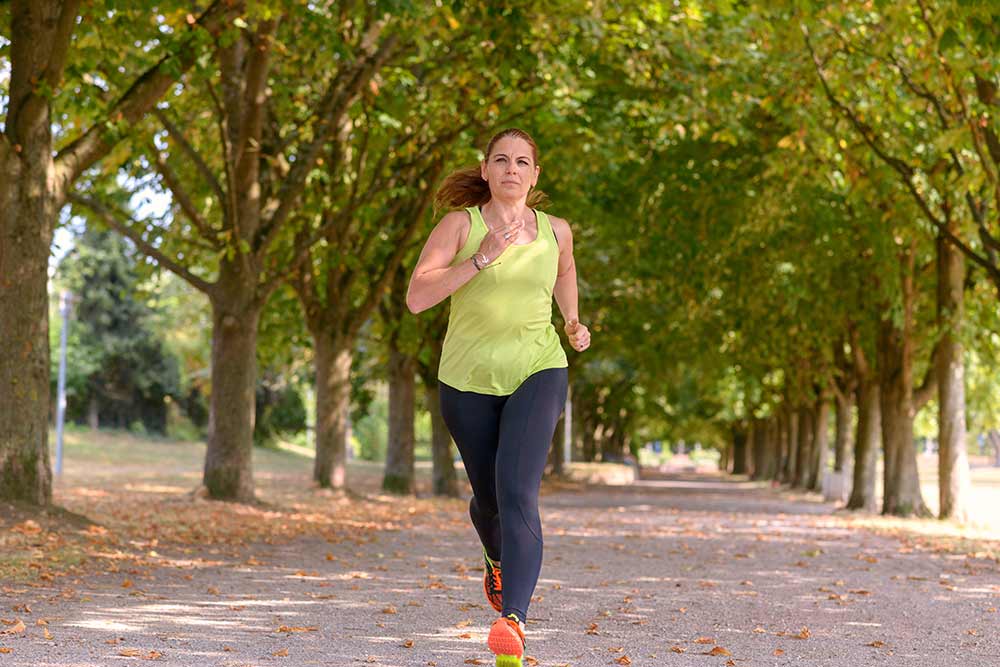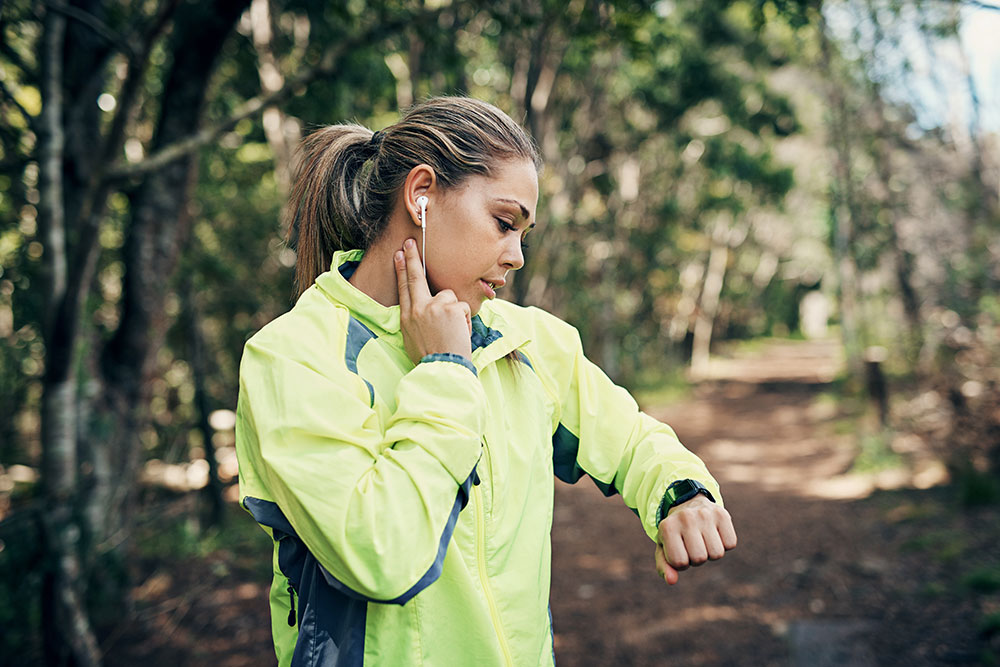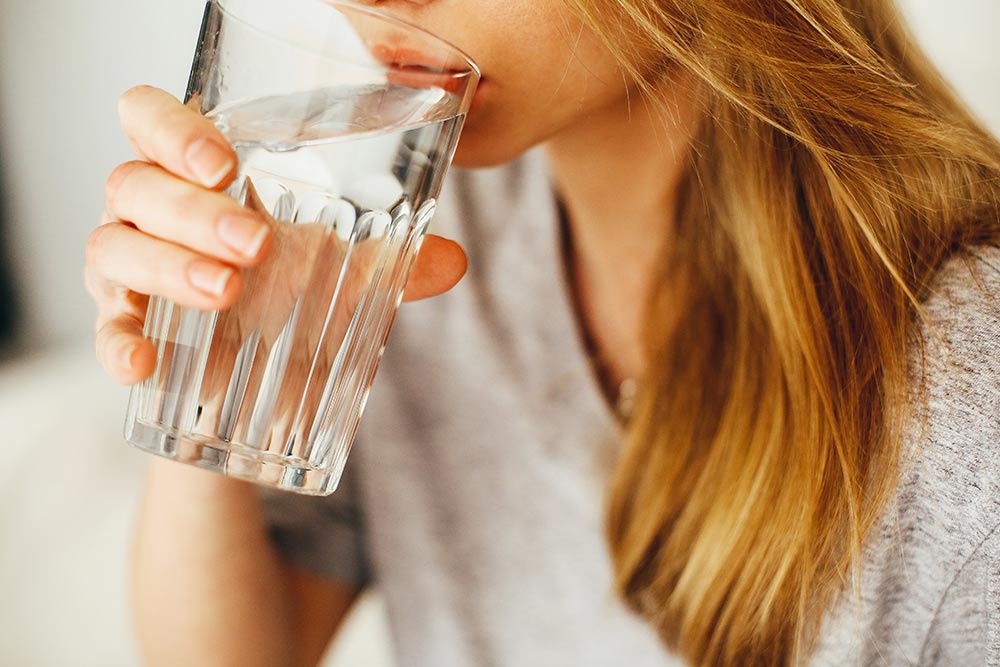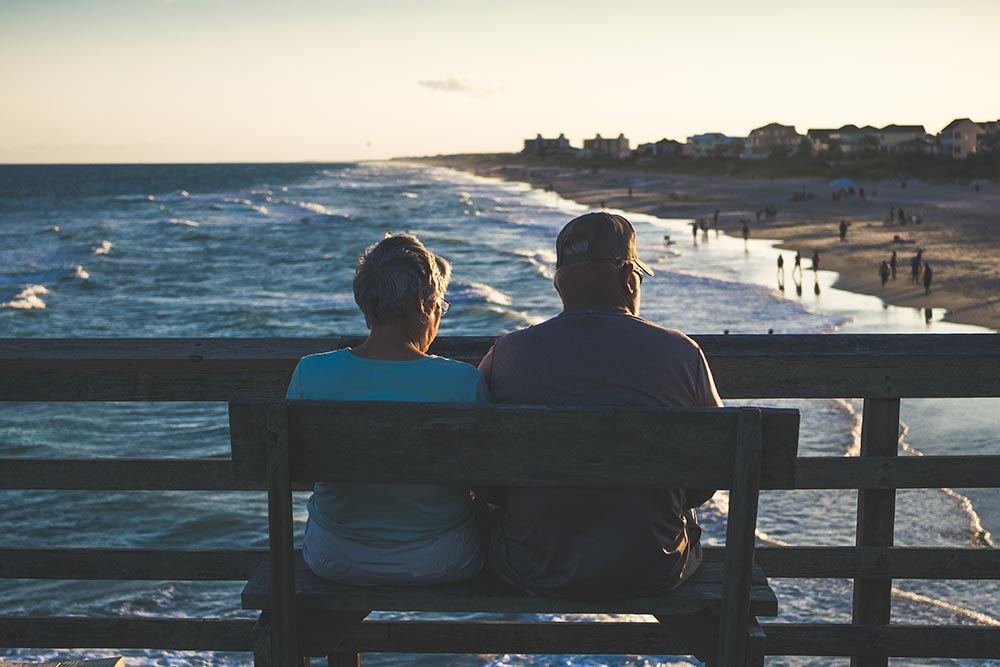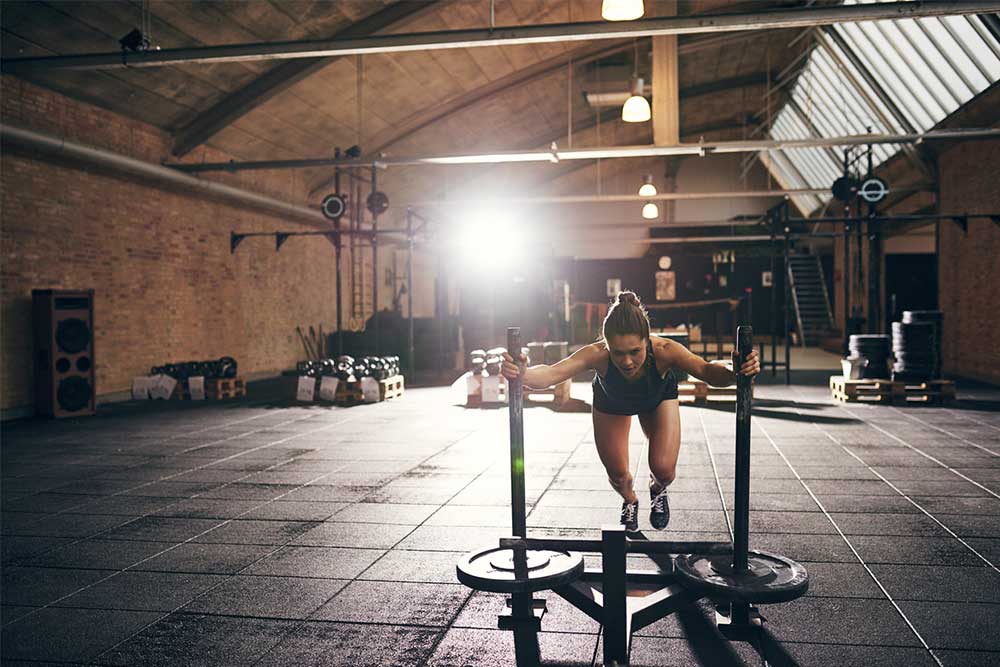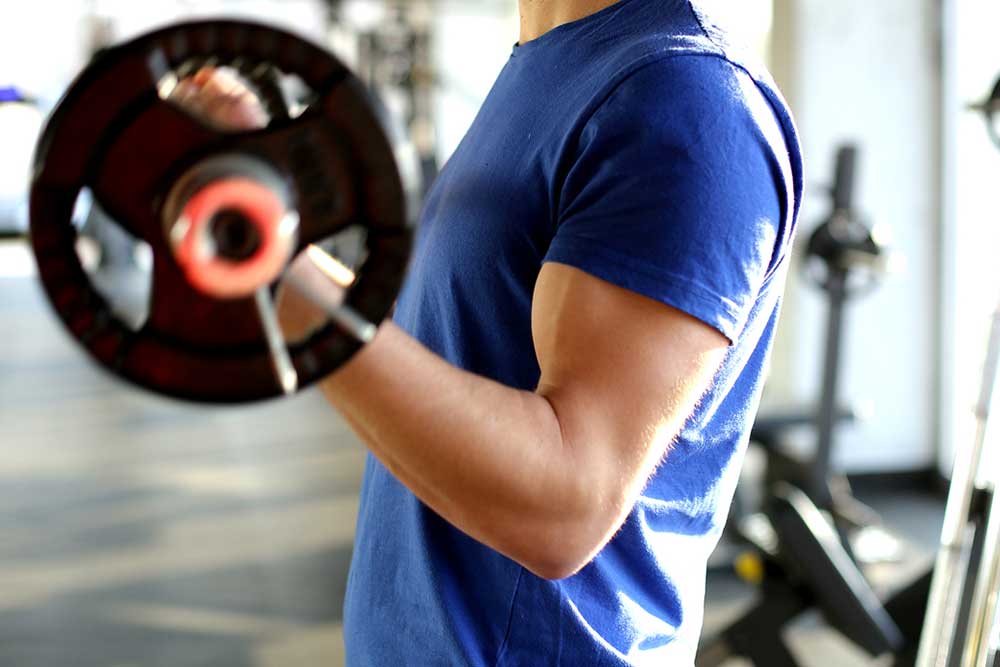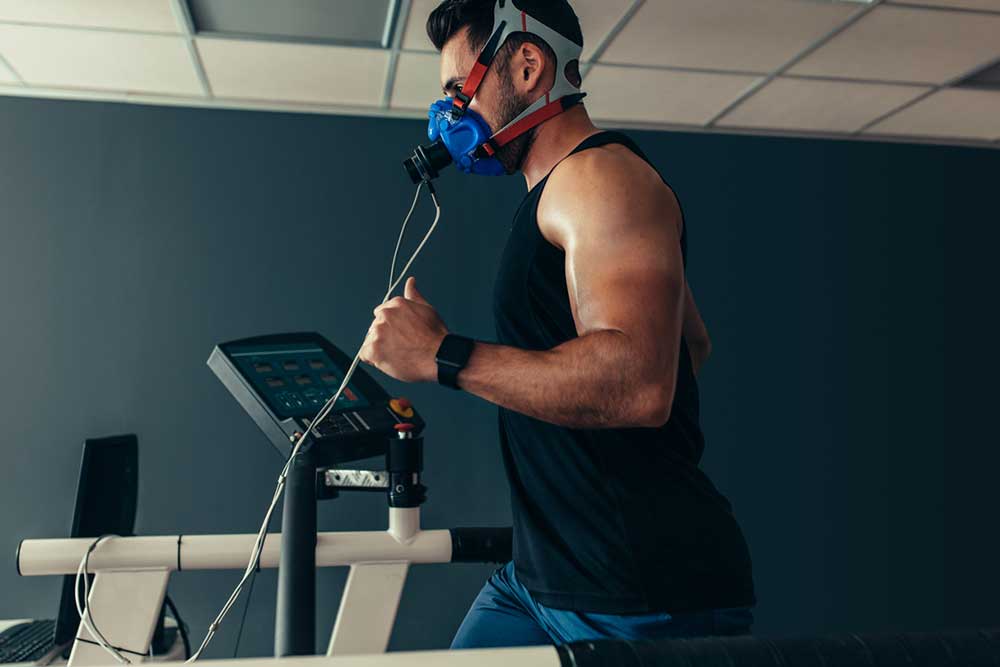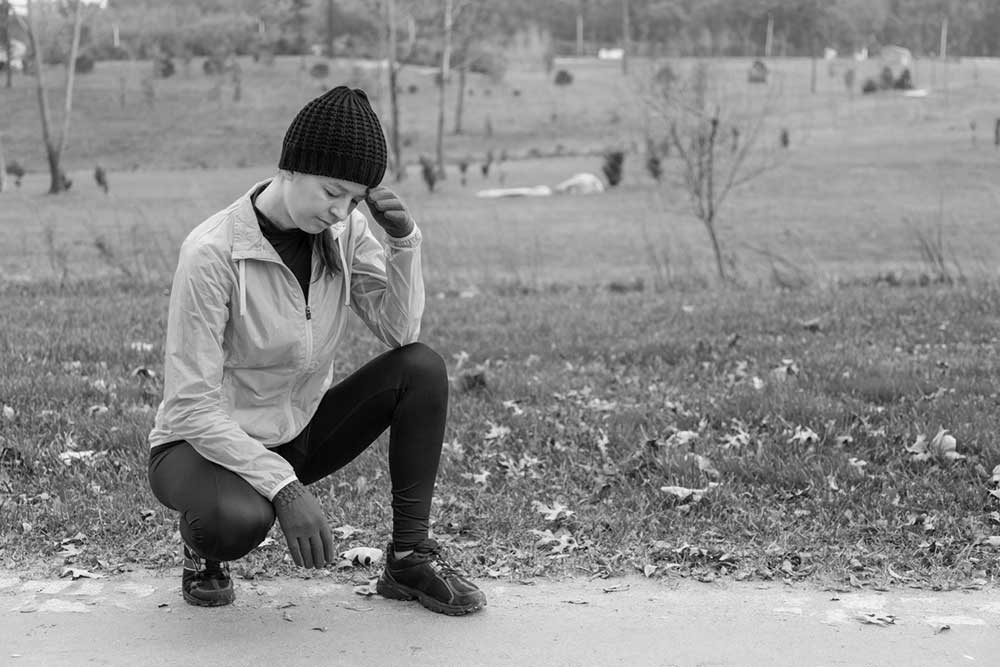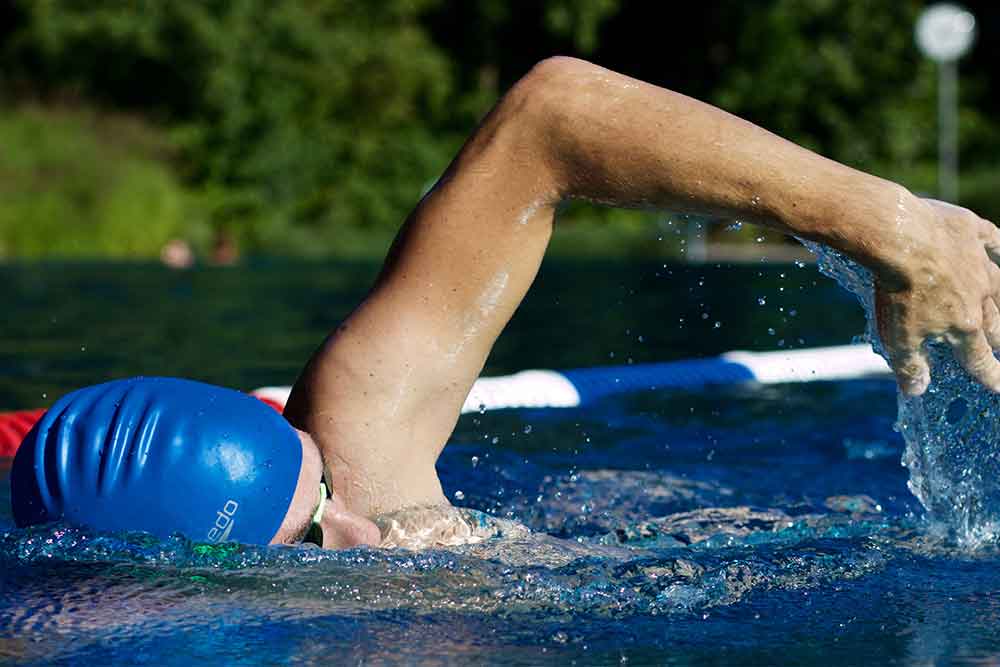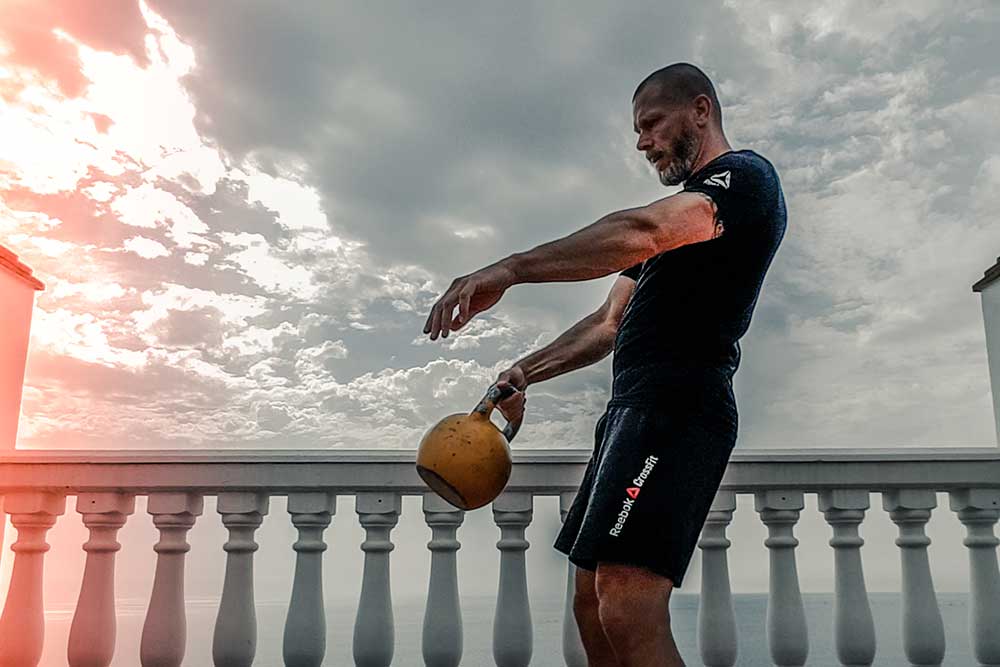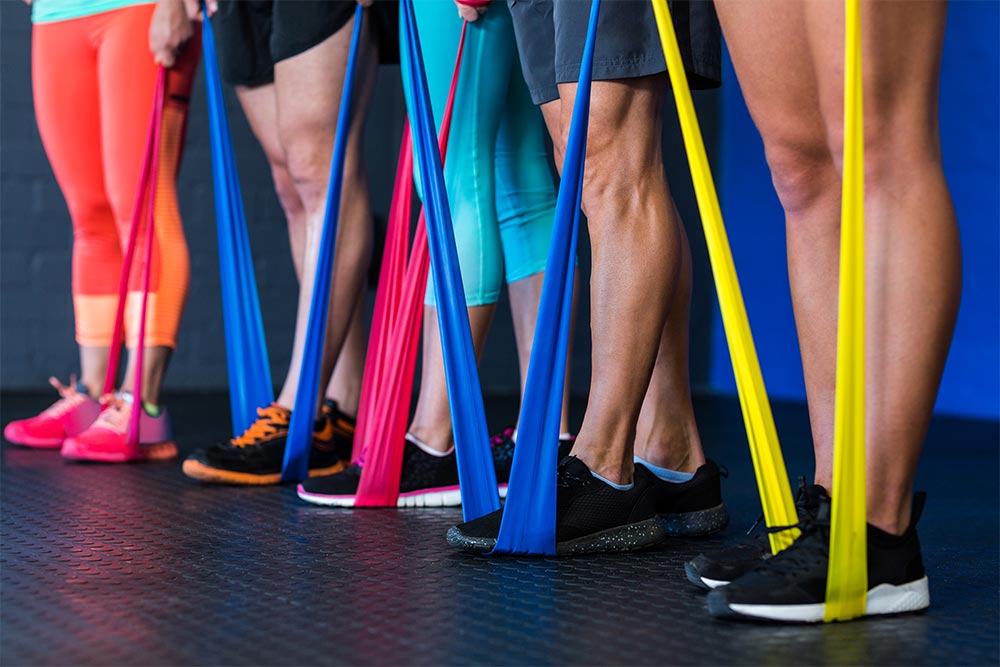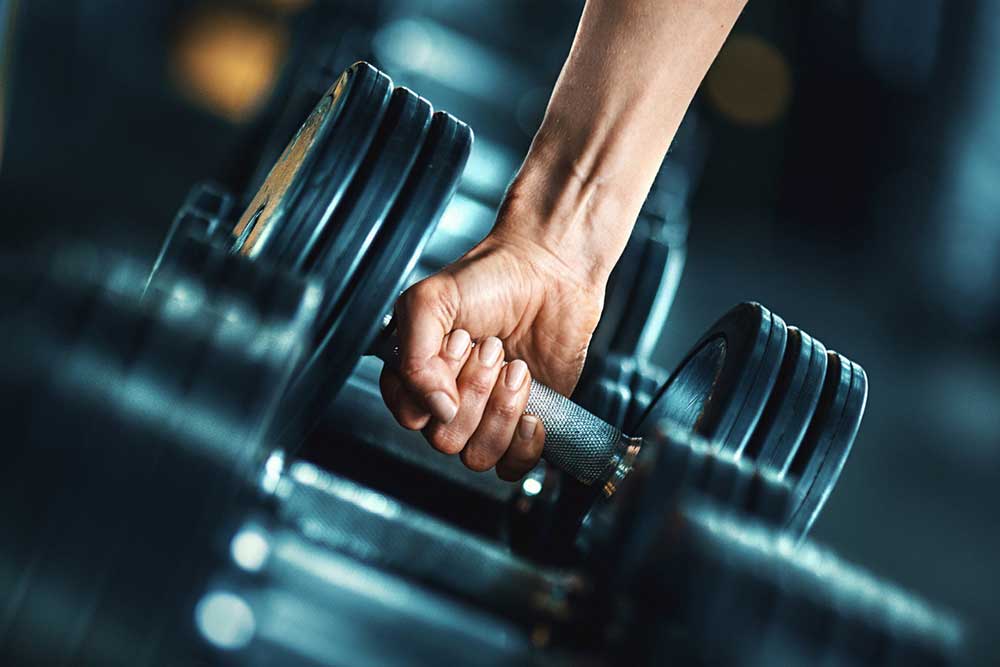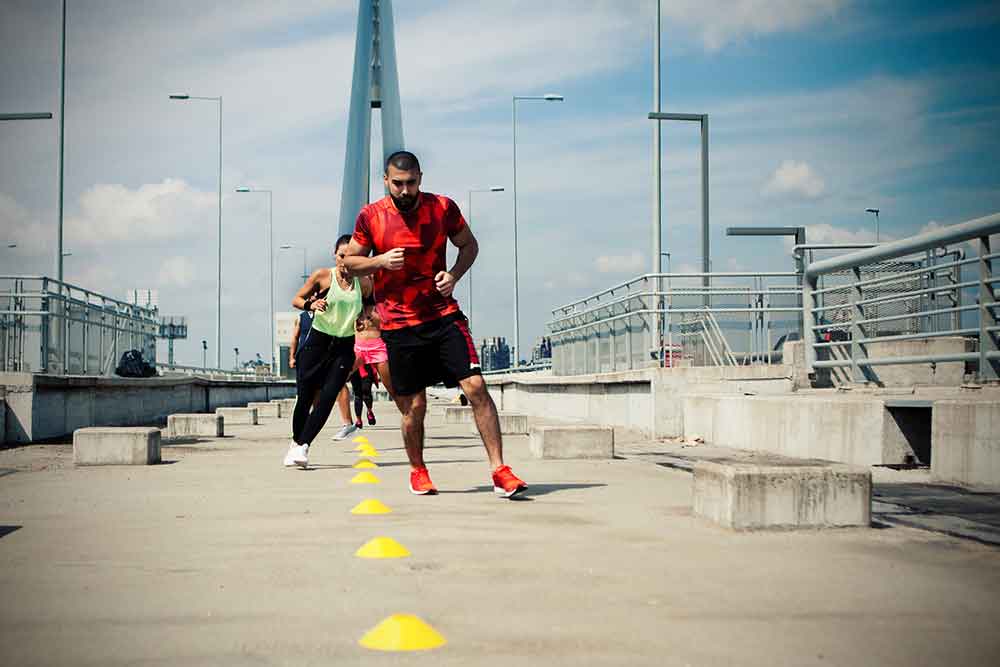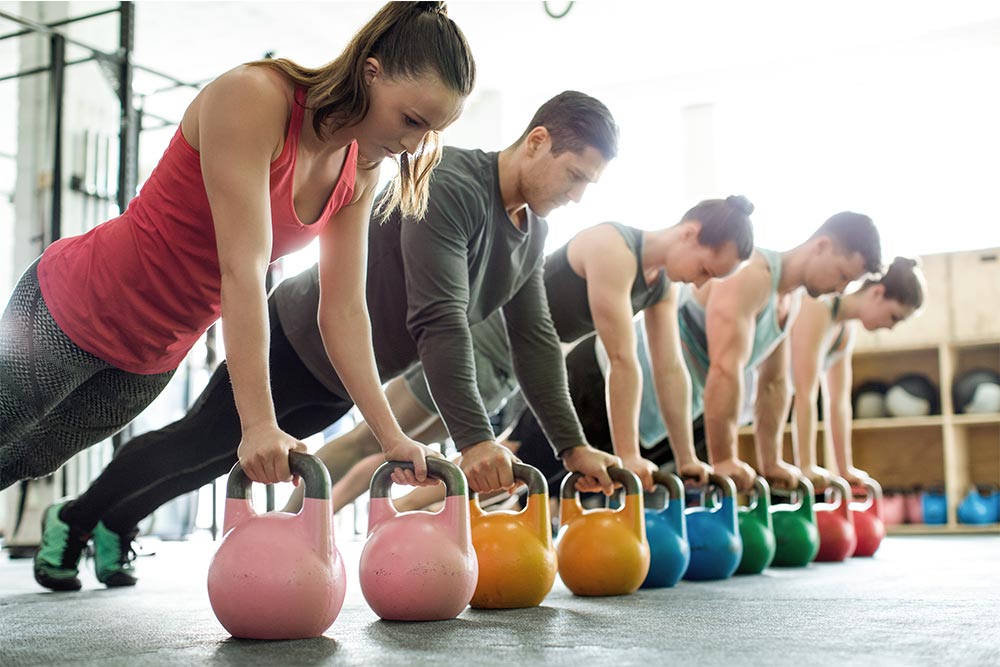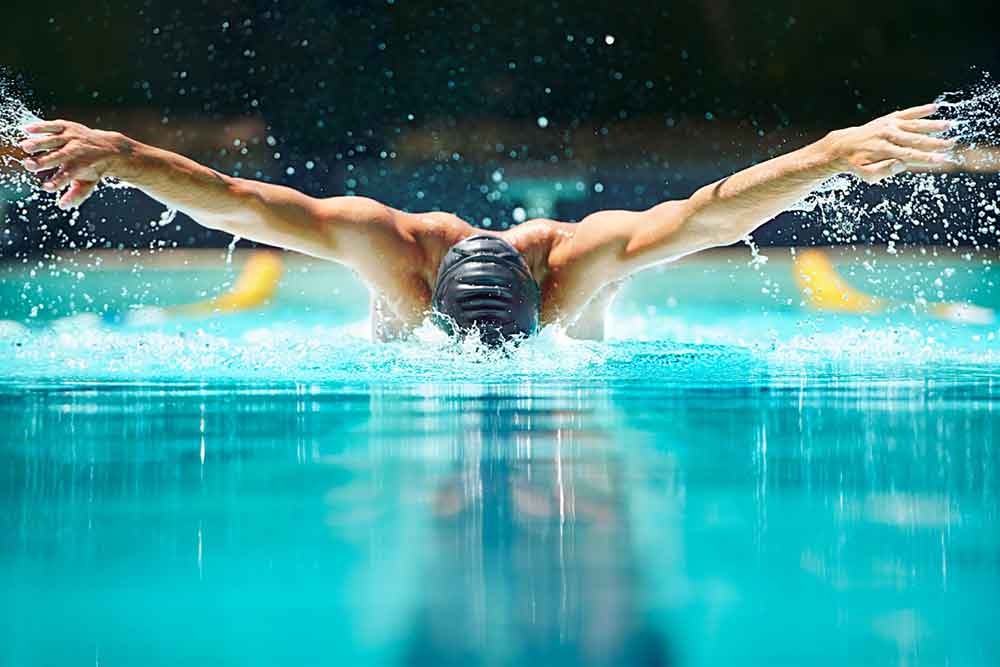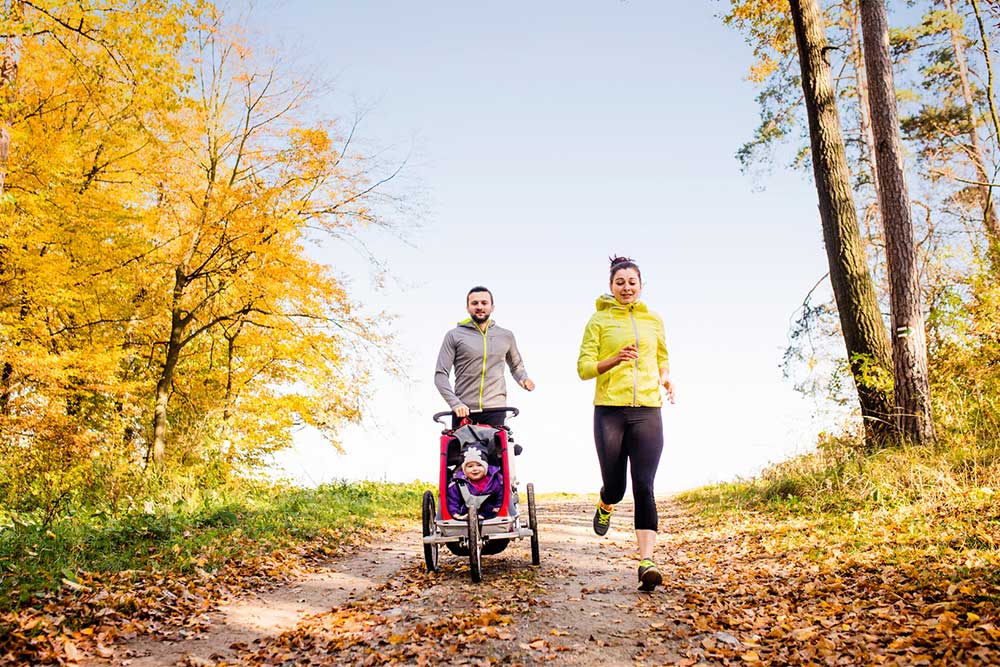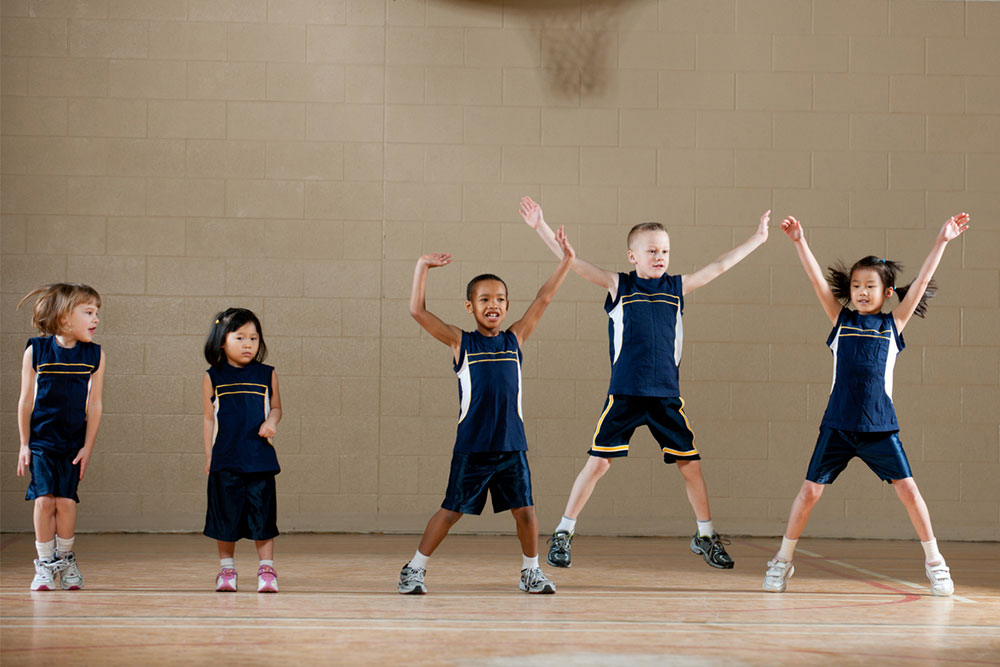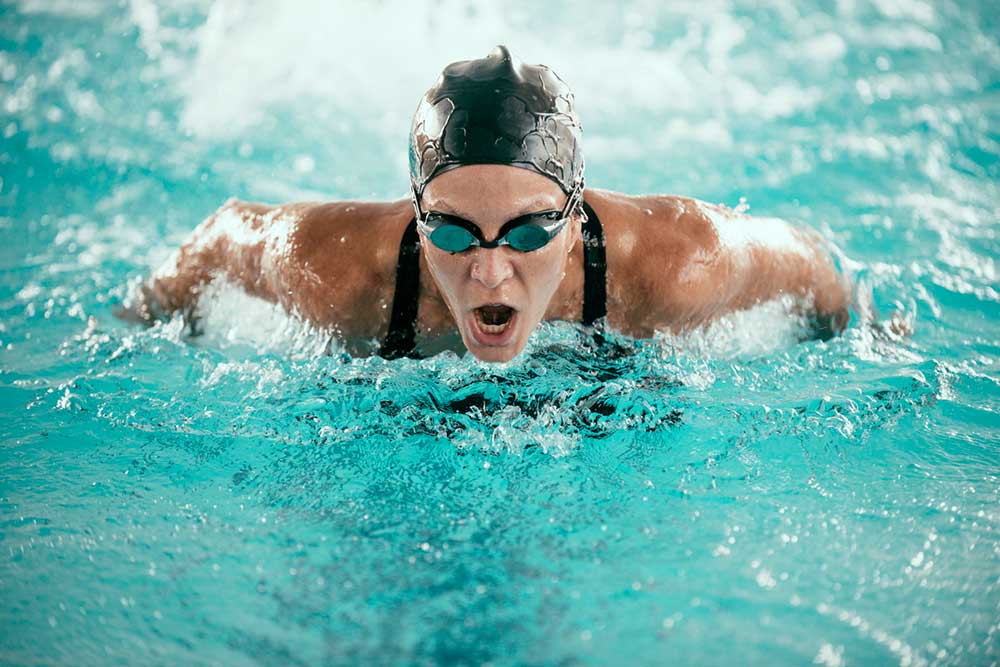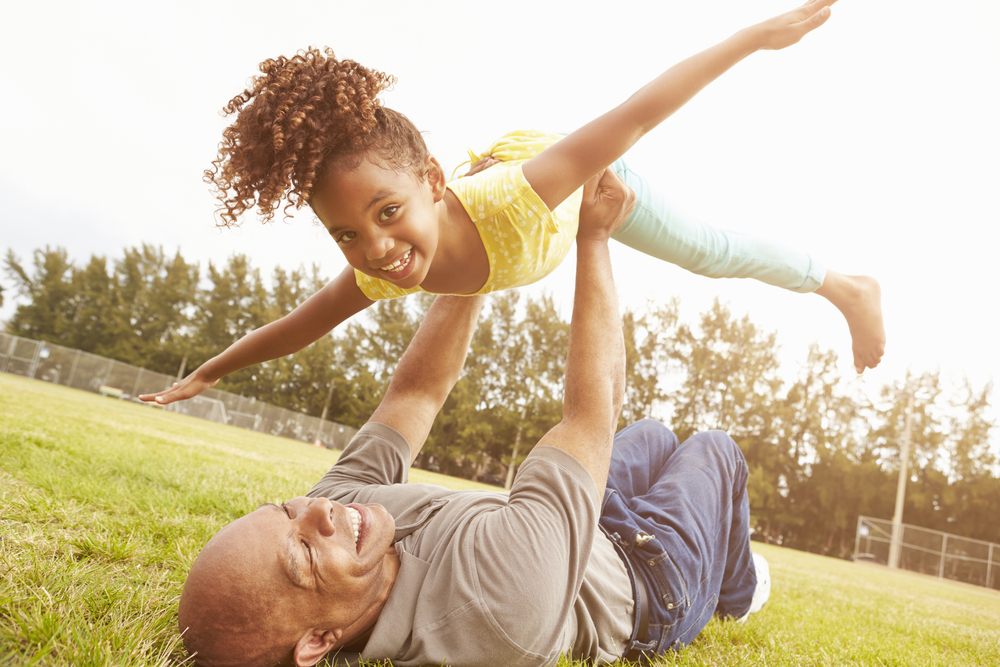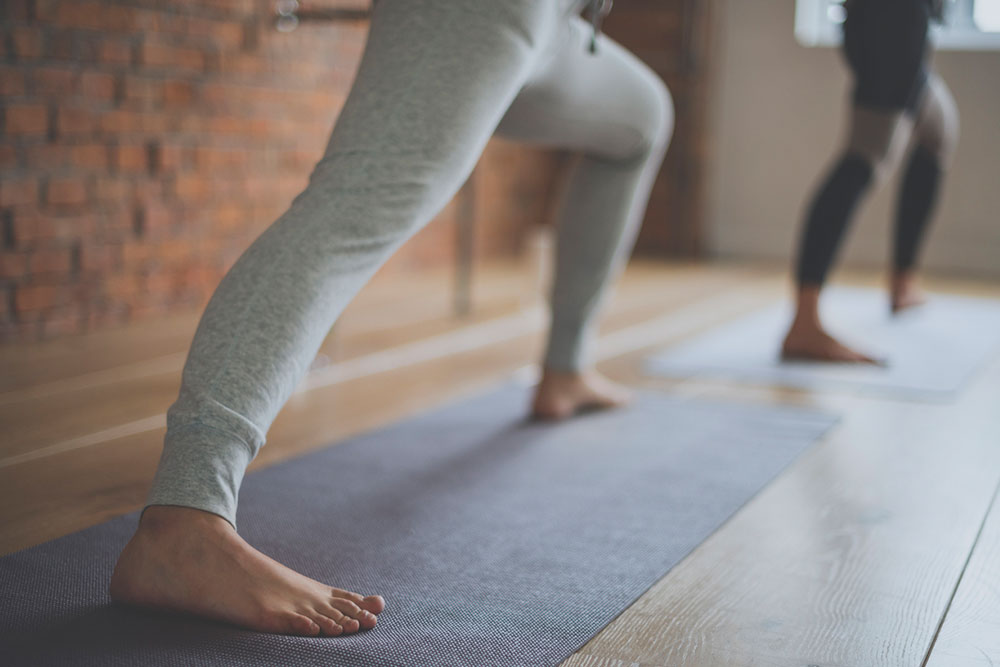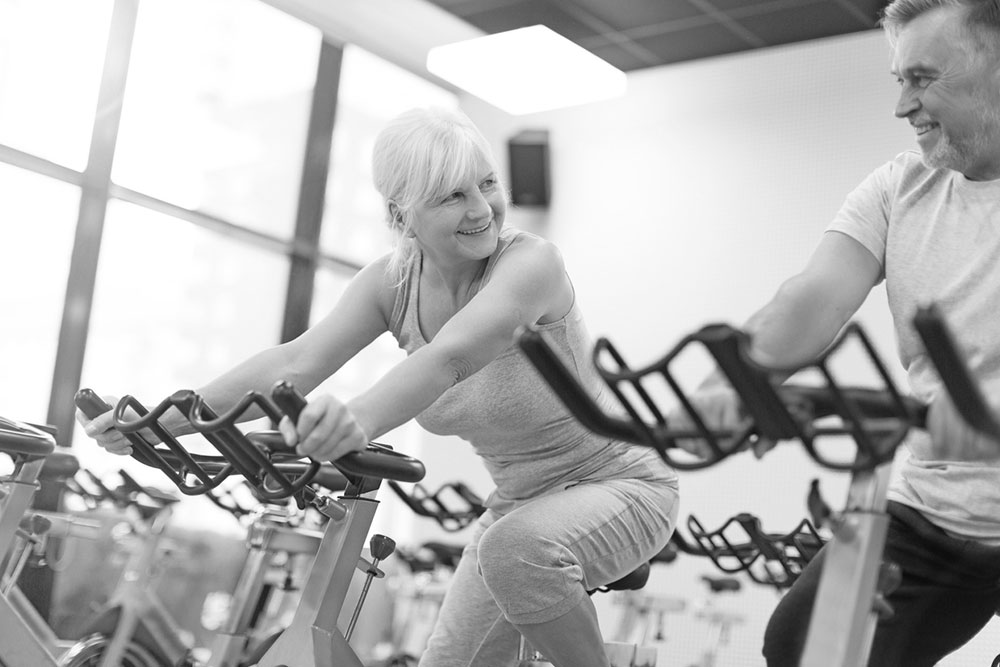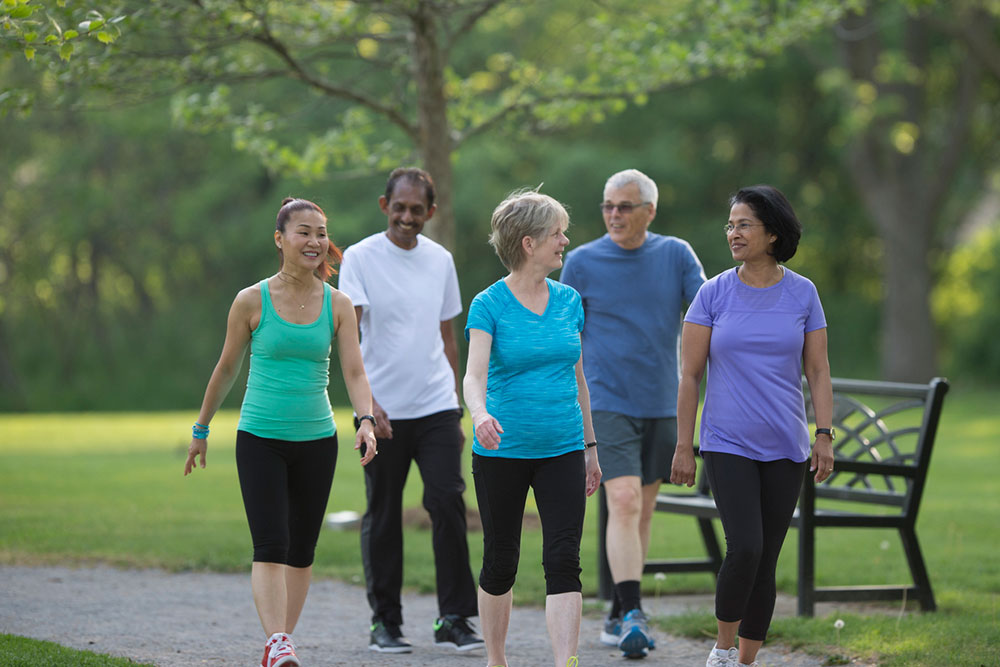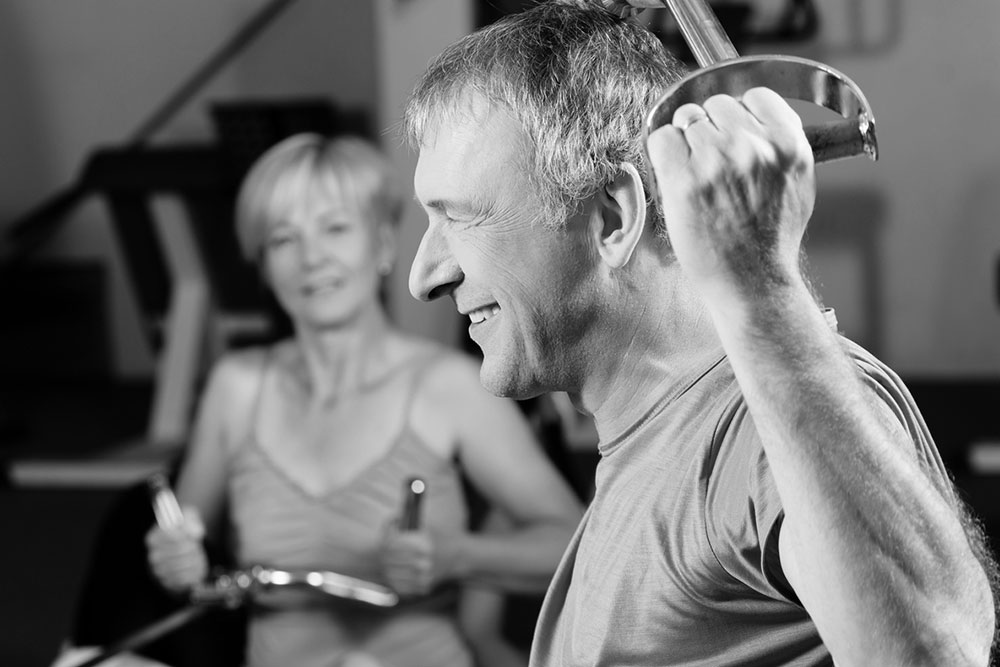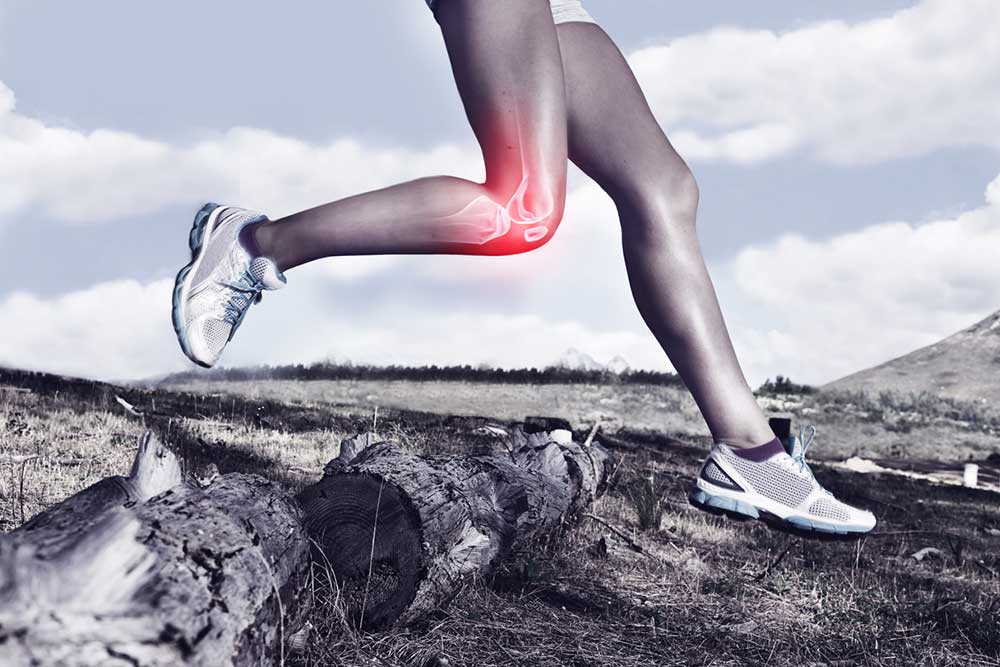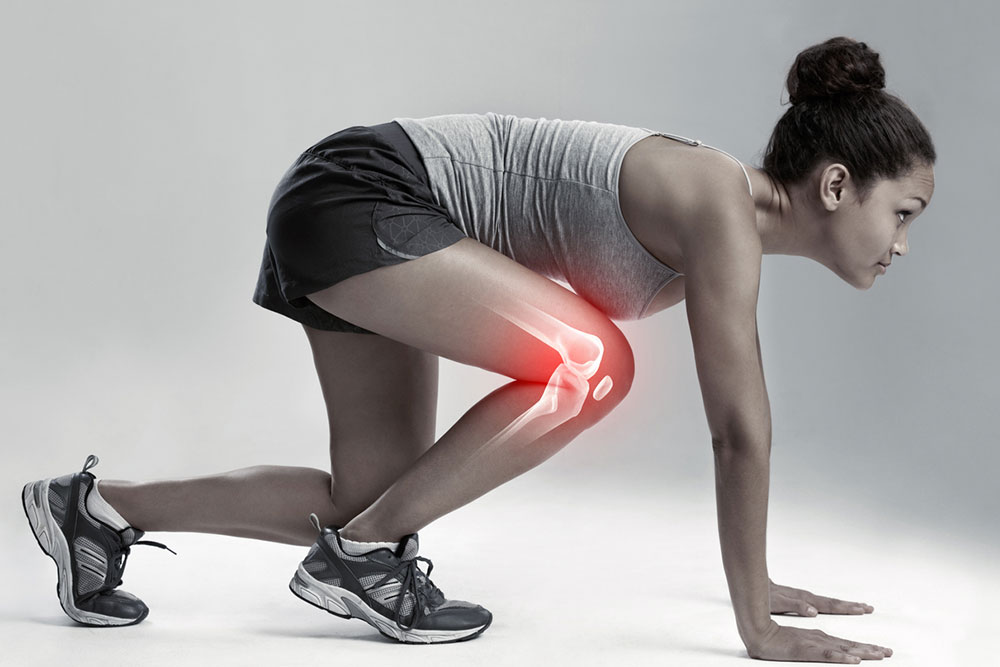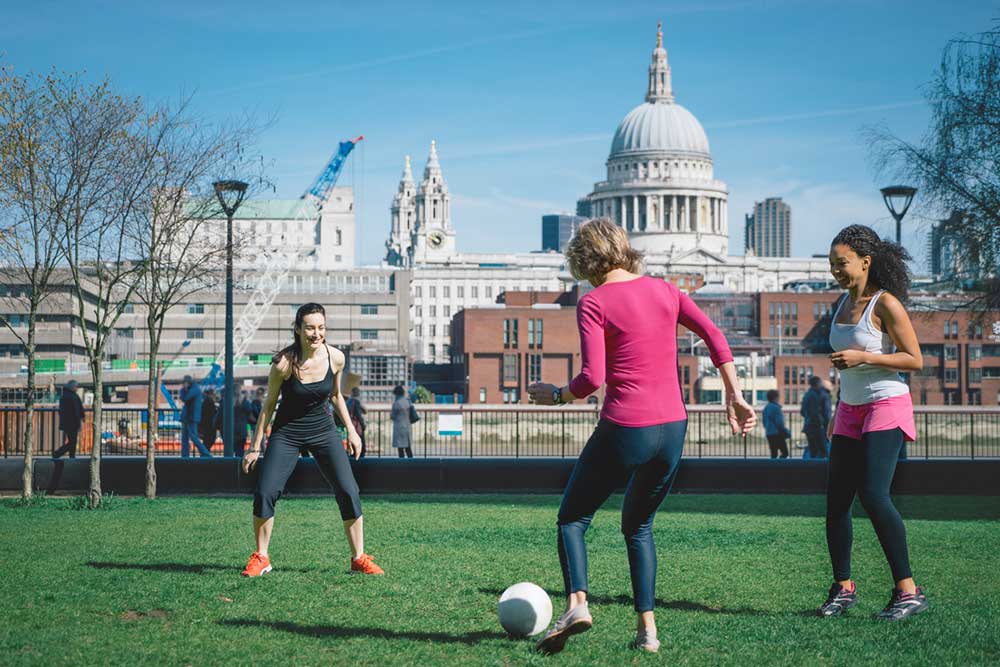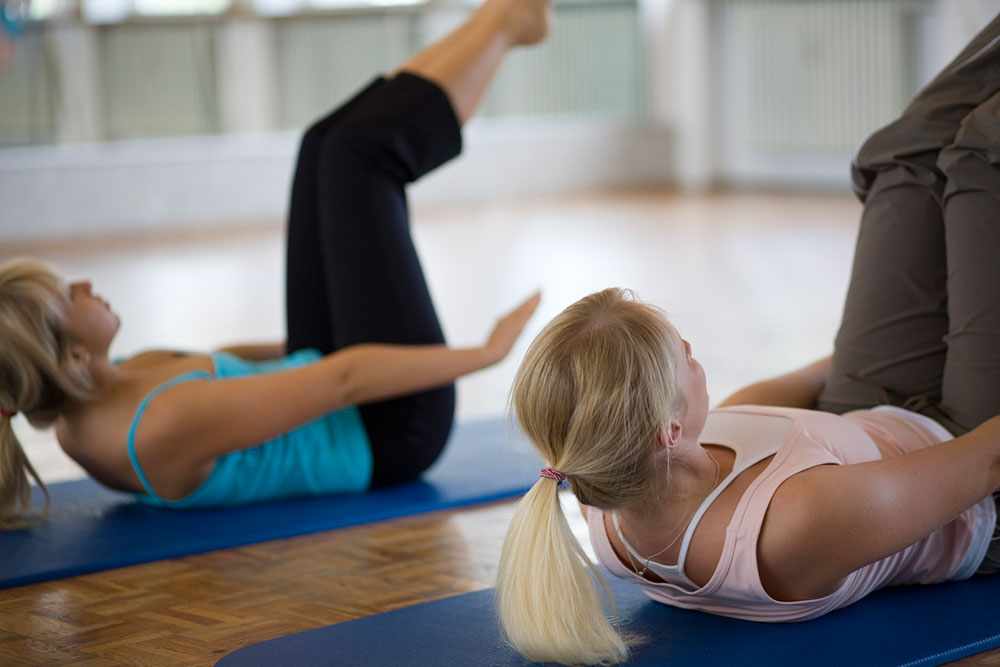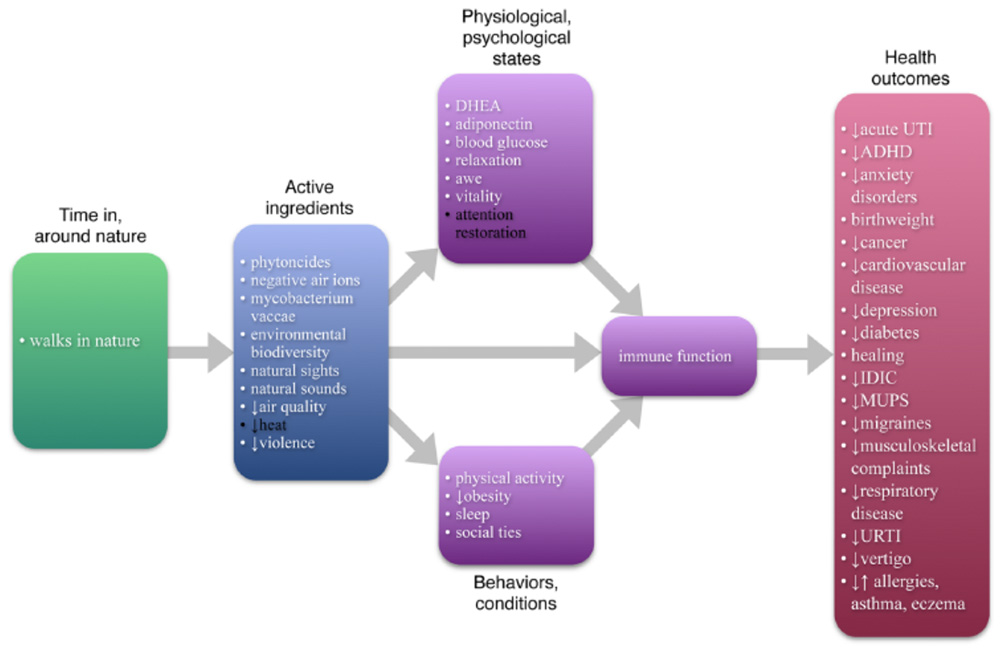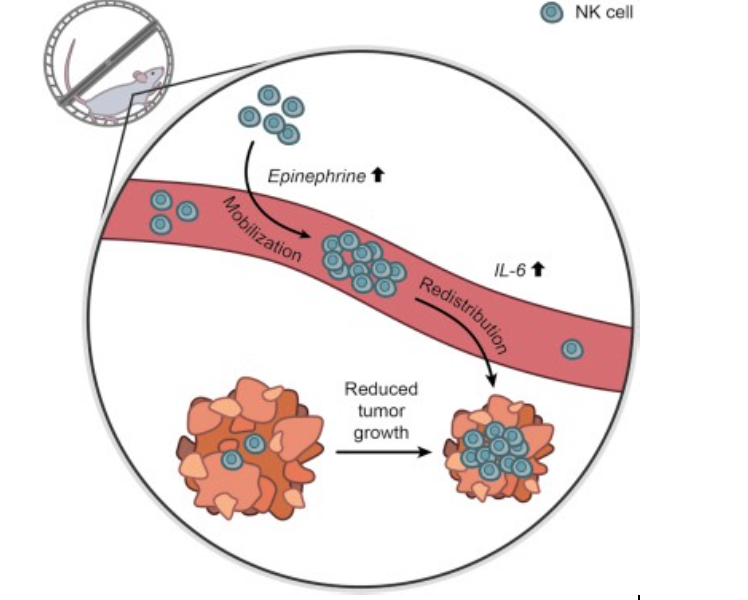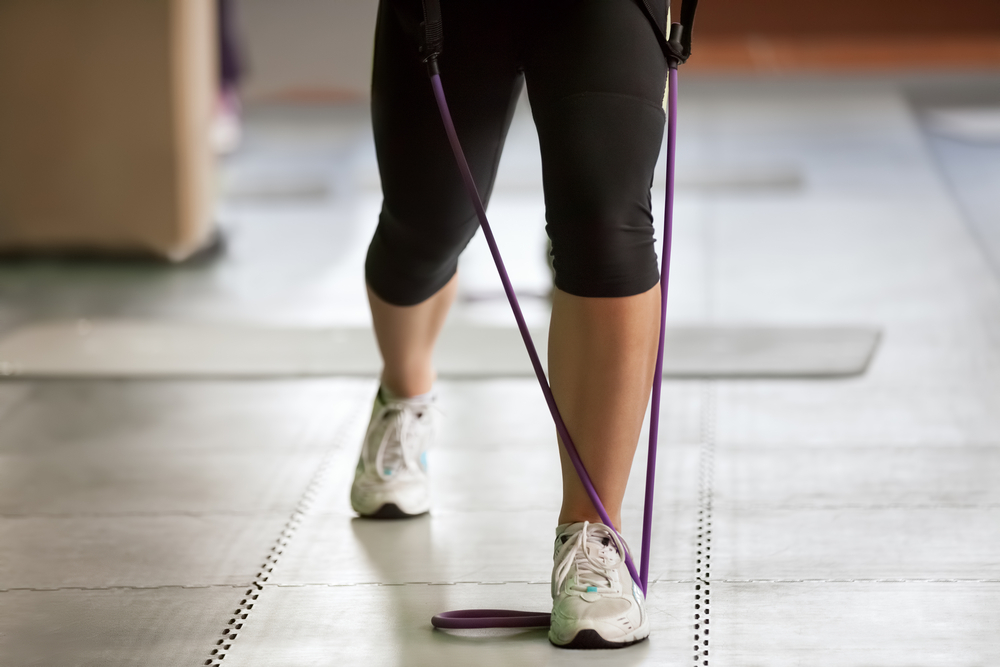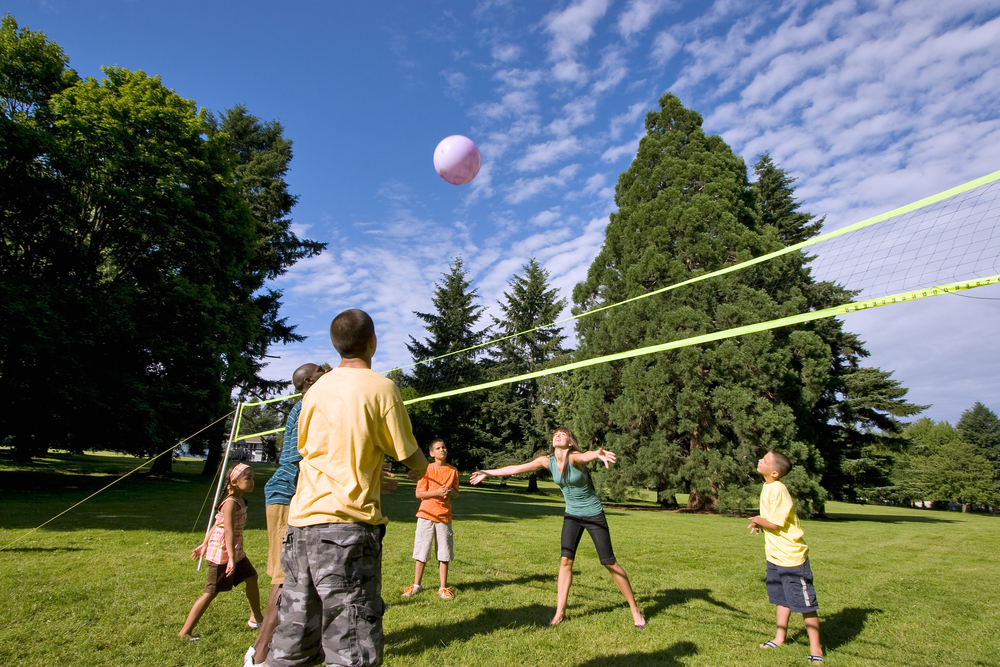The Impact of Exercise During Cancer Treatment
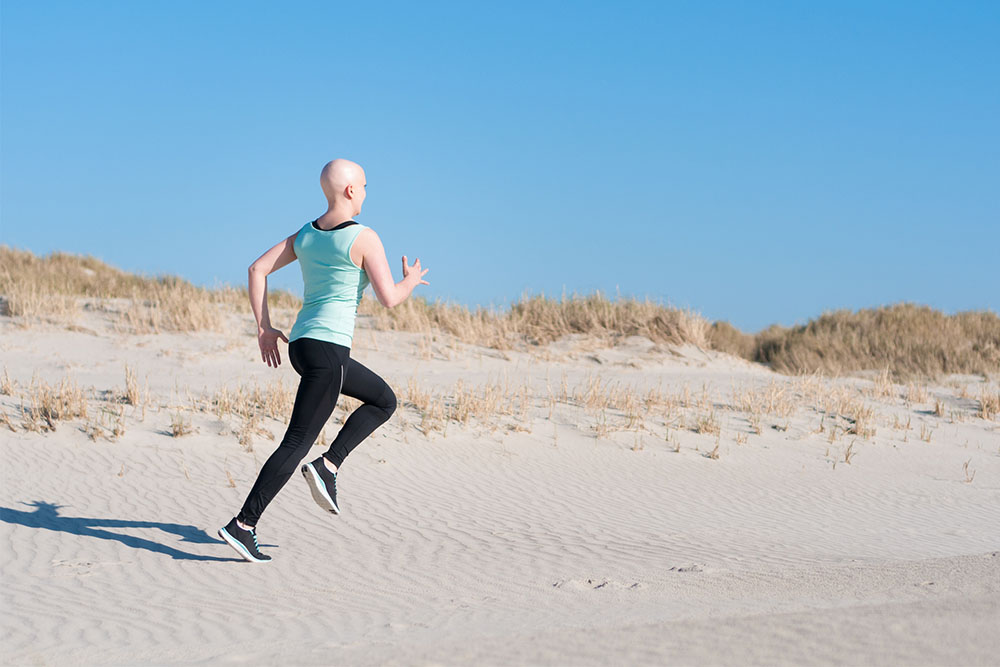
Exercise and cancer are not two words that are said in the same sentence anywhere near enough – but hopefully that changes soon.
Over the last couple of years we have some seen some very interesting research suggesting that integrating exercise into traditional cancer treatments may have some very positive effects on several important outcomes.
Especially quality of life and fatigue.
Quality of life during cancer treatment
The term quality of life (QOL for short) is used to evaluate the general well-being of an individual.
It is often defined as individual perception of life, values, objectives, standards, and interests in the framework of culture, and shows significant associations with measures of happiness, and emotional wellbeing, as well as both mental and physical health (Heydarnejad, 2011).
As I am sure you could imagine, cancer itself can have a serious impact on quality of life.
Depending on the stage and location of the cancer, it can cause pain, illness and discomfort. Moreover, as the cancer becomes more severe, these effects become larger – leading to a significant loss of life quality.
But what is often less discussed is the fact that cancer treatment can also have a negative impact on QOL (Sibeoni, 2018).
Many people fail to realise that the various side effects of cancer treatment can be quite severe.
As a result, they can have a significant impact on life quality.
These side effects include:
- Nausea and vomiting
- Lethargy
- Hair loss
- A loss of the sensation of taste
- Decline in self-image and sense of self-worth
- Muscle loss
While all of these are undoubtedly negative, there is one very common side effect that has an extreme impact on QOL.
That’s right, I am talking about fatigue.
Fatigue during cancer treatment
Fatigue can be described as a state of overwhelming exhaustion that is more severe and last longer than typical fatigue.
Interestingly, fatigue is such a common side effect during cancer treatment that there is even a definition used to describe ‘cancer related fatigue’- being a persistent sense of tiredness related to cancer or cancer treatment, which interferes with usual functioning.
Throughout treatment, cancer related fatigue gradually increases in severity in about 80% of patients (which is a huge). Within this, it usually peaks at the end of treatment, and persist at a high intensity well after treatment has been completed.
In fact, research has shown that fatigue levels in breast cancer patients who have received a bout of radiotherapy will not return to normal until around 7 months after the completion of treatment (Lipsett, 2017).
Related Article: Exercise Training Plan For Patients With Breast Cancer
Exercise, fatigue, and quality of life
Interestingly, there evidence demonstrating that performing exercise during cancer treatment can have a profound effect on quality of life and fatigue.
While it may sound counterintuitive, many people feel energized and motivated after performing exercise (even while undergoing such intense treatment). Consequently, exercise has been shown to reduce fatigue levels both during and after treatment has been completed.
Additionally, exercise also improves physical function and mental health, and increases sense of self-worth and self-esteem – all of which contribute to an improved quality of life.
In my mind this is one of the main benefits of exercise during cancer treatment – the fact that it can mitigate some of the worst side effects associated with treatment.
Related Article: The New Technique That May Kill Cancer
Which exercises are best during cancer treatment?
Now you might be wondering what exercises are best during cancer treatment – aerobic or strength.
And fortunately, research would indicate that it doesn’t really matter (Segal, 2017).
Both resistance training and endurance exercise have been shown to have profound effects on quality of life and measures of fatigue in people undertaking a variety of cancer treatments (including both chemotherapy and radiotherapy).
From a purely practical perspective, moderate intensity aerobic activity has been shown to boost immune system function, increase cardiovascular health, promote sensations of general wellbeing, and enhance mental health.
Conversely, strength training is known to improve functional capacity, boost self-worth, and improve metabolic health.
As a result, it would stand to reason that a combination of both exercise modalities is going to provide you with the most bang for your buck.
This means that both weight training and running during chemotherapy would be considered great choices.
How often should you be exercising during treatment?
With all this information, you might be wondering how often you should exercise during chemotherapy and other cancer treatments – and fortunately, there are clear guidelines for that.
In 2018, the Clinical Oncology Society of Australia (COSA) underwent a rigorous process to develop clear exercise recommendations for people going through cancer treatment (Cormie, 2018).
These were based off the foundational belief that ‘exercise should be embedded as part of standard practice in cancer care, and viewed as an adjunct therapy that helps counteract the adverse effects of cancer and its treatment’.
These recommendations clearly state that those undergoing cancer treatment should aim to achieve at least 150 minutes of moderate intensity aerobic exercise per week, combined with 2-3 moderate intensity resistance training sessions.
Obviously if you are undergoing cancer treatment, the intent would be to slowly build up to this amount, rather than jumping straight into it all.
Tips for exercising while going through cancer treatment
With all this information, I wanted to touch on some of the practical tips that need to be considered when discussing exercise during radiation therapy and other treatments.
Tips
- Exercise needs to be individualised: as with any good exercise program, it needs to be tailored to your individual needs and capabilities. As such, it may be in your best interest to seek professional help before getting into your program.
- Start slowly: as I mentioned above, make sure you progress slowly into your exercise program. Exercise that exceeds your current capacity may actually impair the function of your immune system, which could make you feel worse.
- Be cautious of public gyms: some cancer treatments do have a pretty significant effect on the immune system. As a result, if your immune system is downregulated it might be better to avoid public gyms for the time being (just in case).
- Pay attention to how you feel: with treatment, there are going to be days where you feel pretty good, and days where you feel terrible – so make sure you exercise accordingly. Use those days you feel great to undertake a solid strength training session, while use lighter intensity cardio on the days when you don’t feel so good.
- Focus on your diet: like treatment, exercise also takes a toll on your body. As such, it is imperative that you eat enough good quality foods to maximise your recovery. This will ensure that you only get positive effects from your new exercise regime.
- Focus on the journey: lastly, rather than focus on trying to improve your exercise performance every single week, try and focus on enjoying the process. Remember that exercise can have profound effects on your mental health – and this is enhanced when you actively try and enjoy it. This might mean joining a group exercise class to make it more social, or simply finding a type of exercise that you really love doing.
While this is far from a definitive list, I believe that they can help ensure a safe and effective transition into exercise while undergoing cancer treatment.
Related Article: Exercise Training Plan For Patients With Breast Cancer
Take Home Message
With new guidelines suggesting that exercise should be considered an important part of cancer treatment in almost every setting, it really is a no brainer. The trick comes with implementing appropriately.
Which is why we have provided some great tips in this article!
References
Heydarnejad, Mohammad Saeed, Dehkordi A. Hassanpour, and Dehkordi K. Solati. “Factors affecting quality of life in cancer patients undergoing chemotherapy.” African health sciences 11.2 (2011).
Sibeoni, Jordan, et al. “Patients’ quality of life during active cancer treatment: a qualitative study.” BMC cancer 18.1 (2018): 951.
Lipsett, Andrea, et al. “The impact of exercise during adjuvant radiotherapy for breast cancer on fatigue and quality of life: A systematic review and meta-analysis.” The breast 32 (2017): 144-155.
Segal, R., et al. “Exercise for people with cancer: a systematic review.” Current Oncology 24.4 (2017): e290.
Cormie, Prue, et al. “Clinical Oncology Society of Australia position statement on exercise in cancer care.” Medical Journal of Australia 209.4 (2018): 184-187.
You Might Like:

